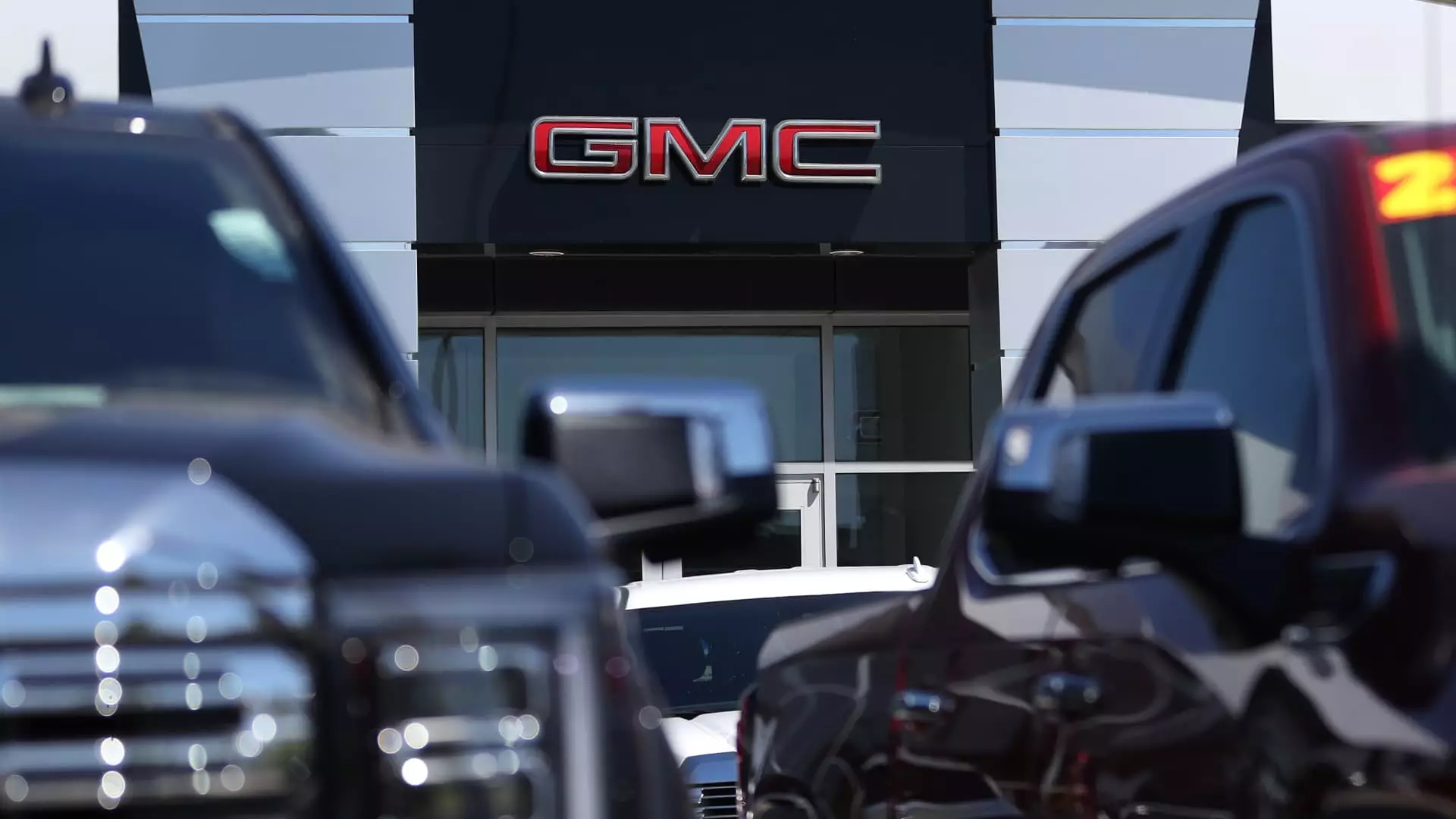General Motors (GM) recently hosted its annual investor day, during which CFO Paul Jacobson shared insights regarding the company’s financial outlook for 2024 and beyond. GM aims to achieve adjusted earnings before interest and taxes (EBIT) in 2024 ranging from $13 billion to $15 billion, which translates to earnings per share of $9.50 to $10.50. This prediction reflects an upward revision from earlier estimations that projected adjusted EBIT between $12.5 billion and $14.5 billion. However, while GM is optimistic about maintaining similar earnings in 2025, the broader automotive market is showing signs of slowdown in consumer spending and sales—a concern echoed by financial analysts who foresee a tougher landscape for automakers in the near future.
It is essential to recognize that achieving these ambitious targets in the face of expected headwinds will require strategic maneuvering and operational efficiencies from the automotive giant. Jacobson emphasized that specific financial forecasts for 2025 will be available only after a formal release early next year, leaving investors anxious yet hopeful for robust performance continuity.
One cornerstone of GM’s strategy lies in its electric vehicle (EV) segment, which Jacobson believes could contribute an additional $2 billion to $4 billion in earnings by 2025. The company has already seen a reduction in the variable profit for its EVs by over 30 percentage points compared to the previous year, signaling improvements in cost management, efficiency, and scalability. GM has set a target for producing approximately 200,000 EVs in North America in 2024. While this forecast marks a decrease from earlier estimates that aimed even higher, it underscores the company’s transition to becoming a significant player in the EV market.
As competition heats up in the EV sector, with many traditional and new automakers vying for consumer interest, GM’s ability to maintain profitability on an operational basis by the end of 2023 stands as a notable achievement. The anticipated improvements in profit margins—about nine percentage points higher compared to comparable traditional models—demonstrate GM’s commitment to innovation and efficiency in manufacturing.
Despite GM’s optimistic forecasts and strategic initiatives, the broader automotive industry is currently grappling with several challenges. A notable downturn in consumer spending, coupled with an overall slowdown in auto sales, has prompted apprehensions about the overall market landscape for 2025. Analysts are voicing concerns that many automakers, including GM, could face declining earnings due to external economic pressures and shifts in consumer preferences.
Furthermore, GM has been navigating the complexities tied to fixed costs, which the company has managed to reduce by approximately $2 billion over the last two years, alleviating some financial burden. Still, the company must continue to demonstrate its resilience by adapting to market dynamics and evolving consumer demands, particularly as incentive spending remains relatively stable but could shift based on sales trends.
Investor reaction to GM’s financial updates has been mixed, as evidenced by the company’s stock performance, which closed unchanged at $46.01 following the investor day briefing. Over the course of the year, GM’s shares have risen about 28%, indicating a level of investor confidence. However, recent downgrades and price target adjustments by several analysts underscore the cautious sentiment surrounding GM’s financial outlook, particularly in light of anticipated market challenges.
As GM approaches 2025, it must focus on delivering sustained financial performances while capitalizing on its advancements in electric vehicle technology. The path forward may be riddled with uncertainties, but GM’s calculated approach to enhancing efficiency and exploring profitable growth avenues could very well position the company as a formidable player within the automotive landscape.
While General Motors certainly has ambitious plans that project stability and growth, it is crucial for the company to stay agile and responsive to the rapid changes in the automotive market. By navigating through these complexities with strategic foresight, GM can strive to meet its financial goals while also fulfilling its broader mission of leading the transition to an electrified automotive future.

